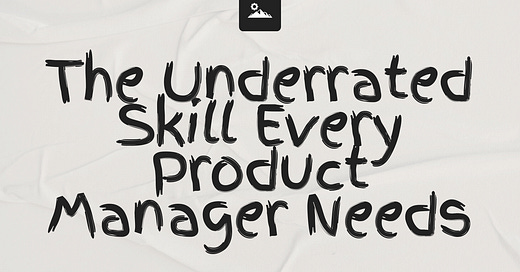Let’s be honest: documentation isn’t glamorous. It’s easy to push it aside, especially when faced with urgent deadlines or shiny new features. But neglecting it? That’s a mistake every Product Manager regrets eventually.
Done right, documentation serves as the backbone of your product’s growth. It aligns stakeholders and ensures customers can seamlessly adapt to updates. So how do you make this “boring” task not just manageable but impactful?
Why Documentation Matters
Alignment Across Teams
Your developers, designers, marketers, and sales teams rely on clear guidance. Documentation bridges knowledge gaps and prevents misunderstandings.Customer Empowerment
A well-documented product ensures customers understand how to use it without needing constant “hand-holding”.Scalability
As your product grows, documentation helps onboard new team members or clients without requiring hours of explanation.
How to Build Stellar Documentation
1) Make It a Habit
Documentation isn’t a one-off task; it’s a routine. Treat it like any other deliverable in your workflow. Whether it’s updating a Confluence page, adding comments to a user story, or creating an onboarding guide, regularity is key.
Tip: Block time in your calendar every week/month for documentation. Think of it as an investment in future efficiency.
2) Know Your Audience
Documentation for developers looks different from documentation for customers. Tailor your language, structure and format to fit the audience needs.
Internal Teams: Focus on clarity, technical specifics and actionable details.
Customers: Use simple language, visuals and step-by-step instructions.
3) Use the Right Tools
Technology can save you hours of work. Use tools designed to simplify documentation:
Notion or Nuclino: For collaborative and structured internal documentation.
Loom or Guidde: To create quick, engaging video tutorials for processes.
Automation can also help reduce repetitive tasks, like formatting or linking resources.
4) Document As You Go
Don’t wait until the end of a project to start documenting - it’s overwhelming and less accurate. Instead, capture insights and processes as they happen.
Tip: If your team has regular sprint reviews, make it a habit to document key decisions, challenges, and outcomes during or immediately after these sessions.
5) Use Visuals
Text-heavy documents can be daunting. Add screenshots, diagrams, and flowcharts to break up the content and make it easier to understand.
Tip: Tools like Figma and Miro can help you quickly create visuals that clarify complex ideas.
6) Test It Yourself
Imagine you’re a new team member or user. Try following your own documentation. Are there gaps or unclear steps? If you get stuck, your audience will too.
7) Keep It Updated
Outdated documentation is worse than no documentation at all—it creates confusion and wastes time. Regularly review and revise key documents to ensure accuracy.
Pitfalls to Avoid
Overcomplicating It
Documentation doesn’t need to be a novel. Aim for concise content.Neglecting Feedback
If teams or customers are constantly asking for clarifications, it’s a sign your documentation needs work. Collect and act on their feedback.Skipping Version Control
Always track changes to avoid confusion about which version of the document is the most recent.
The Long-Term Payoff
While it might not feel urgent, creating and maintaining quality documentation has lasting benefits. It minimizes time wasted on repeated explanations, builds trust with your teams and customers, and ensures smoother product development cycles.
As a Product Manager, your role isn’t just to launch features but to create a foundation for sustainable growth—and documentation is a cornerstone of that foundation.
Do you have any ideas you would like to share? Get in touch on LinkedIn 👇
This post is sponsored by cs2investments.com
Unlock the full potential of your Counter-Strike skin investments with CS2Investments - your ultimate dashboard for tracking, analyzing, and managing your skin portfolio.







